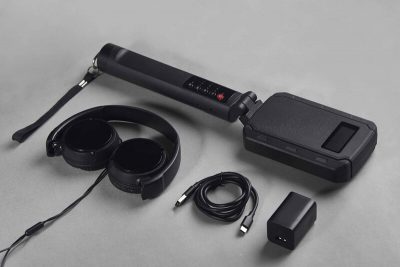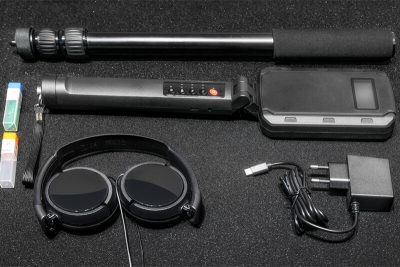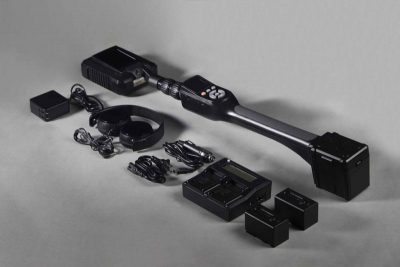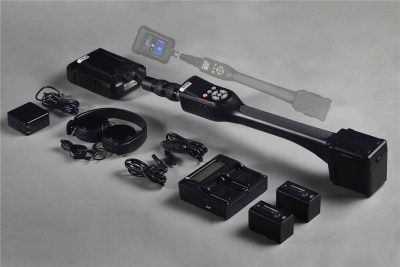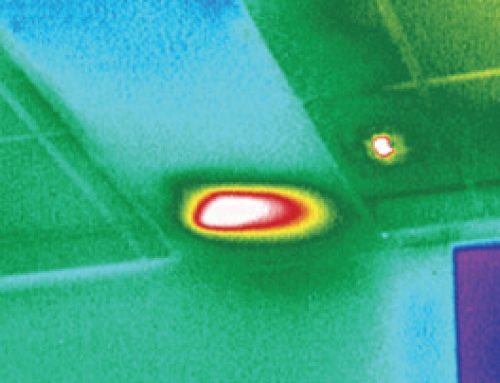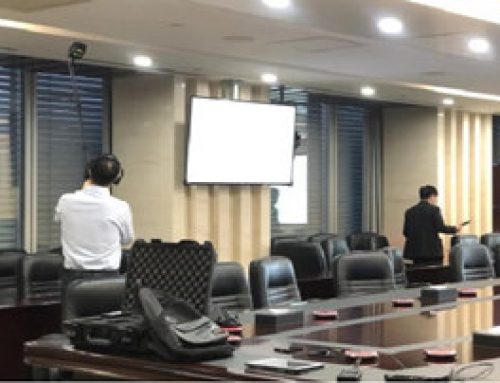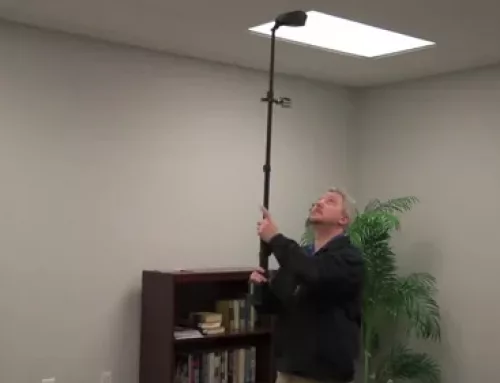NLJD stands for Non-Linear Junction Detector, a equipment that can detect hidden electronic devices by radiating them with high-frequency RF energy and receiving the harmonic signals they produce. There are 2 types of frequecy applied in NLJD equipment, 2.4G and 900Mhz. 2.4G is the main frequecy that most NLJD equipments adopt.
NLJD equipment can be used for various purposes, such as finding corrosion under painted surfaces on airplanes, locating covert listening devices (bugs) in secure areas, and detecting improvised explosive devices (IEDs) in suspicious packages.
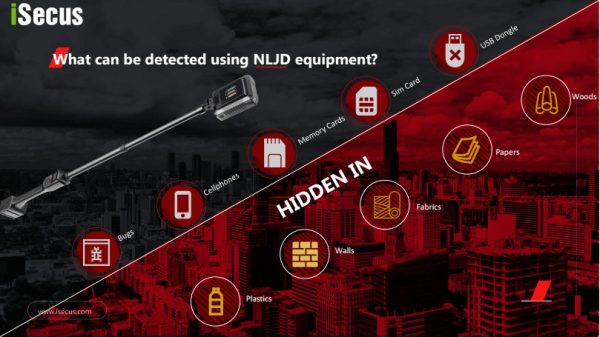
One of the main functions of NLJD equipment is to distinguish between natural and artificial non-linear junctions. Natural non-linear junctions are caused by metal-to-metal or metal-to-oxide contacts, such as rusty nails, staples, or wires. Artificial non-linear junctions are caused by semiconductor components, such as diodes, transistors, or integrated circuits. These are usually found in electronic devices, whether they are active or passive, radiating or non-radiating.
NLJD equipment can do this by measuring the ratio between the second and third harmonics of the RF energy that is reflected back from the target. The second harmonic is twice the frequency of the original signal, and the third harmonic is three times the frequency. When a natural non-linear junction is encountered, the third harmonic will generally be stronger than the second. When an artificial non-linear junction is encountered, the second harmonic will generally be stronger than the third.
Another function of NLJD equipment is to provide visual and audio feedback to the user. Most NLJD equipment have a display that shows the strength and type of the harmonic signals, as well as a speaker or earphone that produces a tone that corresponds to the signal. Some NLJD equipment also have a vibrator that alerts the user when a strong signal is detected.
By using these functions, NLJD equipment can help to detect any electronic equipment hidden in walls, floors, ceilings, lamps, books, furniture or containers. No matter whether these electronic devicesare transmitting signals or starting up, they can alarm through display, vibration and sound prompt.
Wide Applications:
It can be widely used in government, public security, prison, justice, army, education examination, business security and personal privacy protection, etc.
Business Safety: Detecting unauthorized electronic devices, such as eavesdroppers, mobile phones and devices with SIM cards, hidden in company board rooms or secret offices;
Public Safety: Detecting electronic devices hidden or prohibited from use in safe areas, such as detonating devices, remote controllers, etc.
Personal Privacy Protection: Hidden cameras and surveillance devices such as recording pens, cameras, etc. in residential building

However, using NLJD equipment also requires some skill and experience, as there may be false positives or negatives due to environmental factors, interference, or countermeasures. Therefore, users should always verify their findings with other methods and tools.
As professional provider of TSCM equipment, iSecus offer the following 4 model of NLJD for different application:

